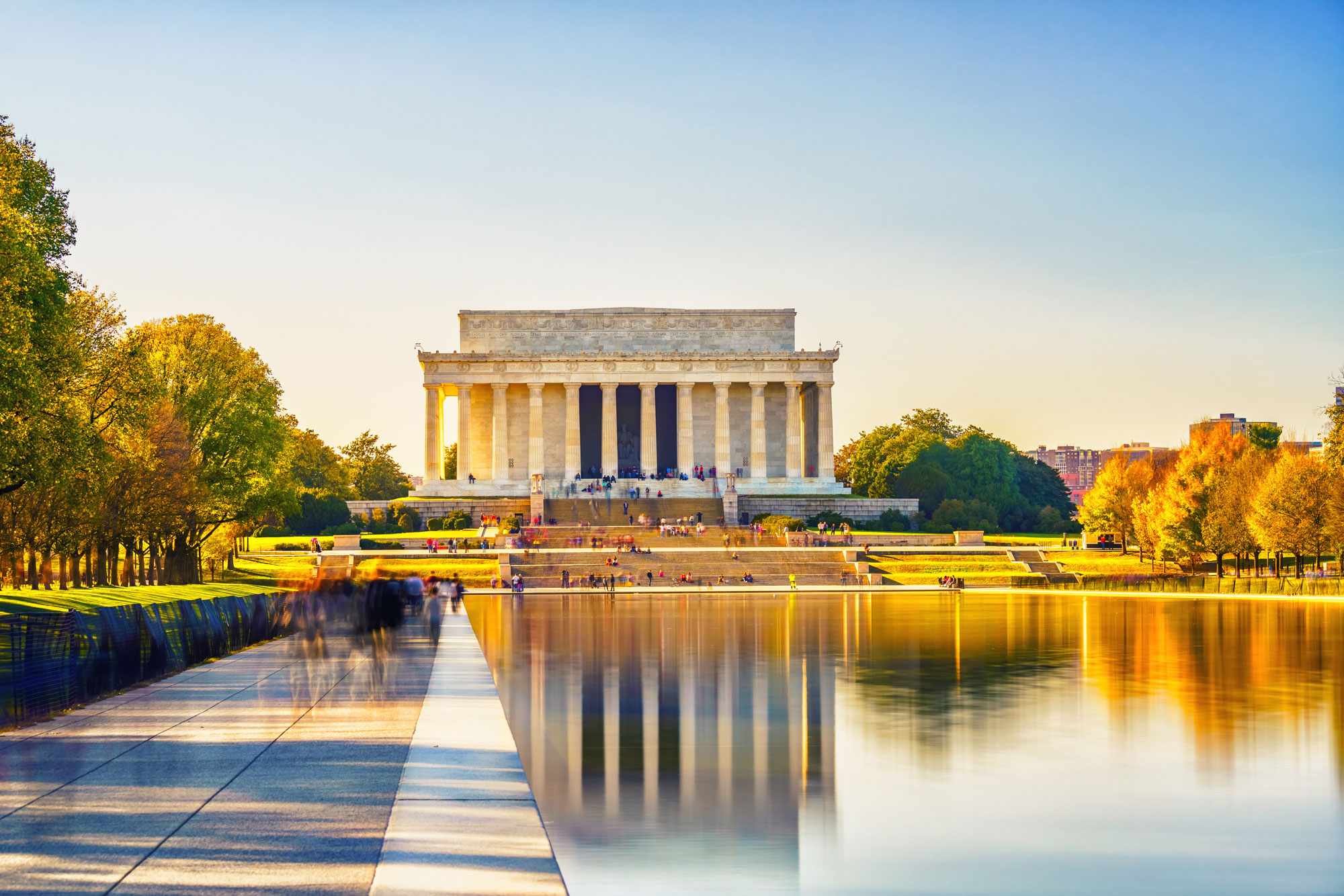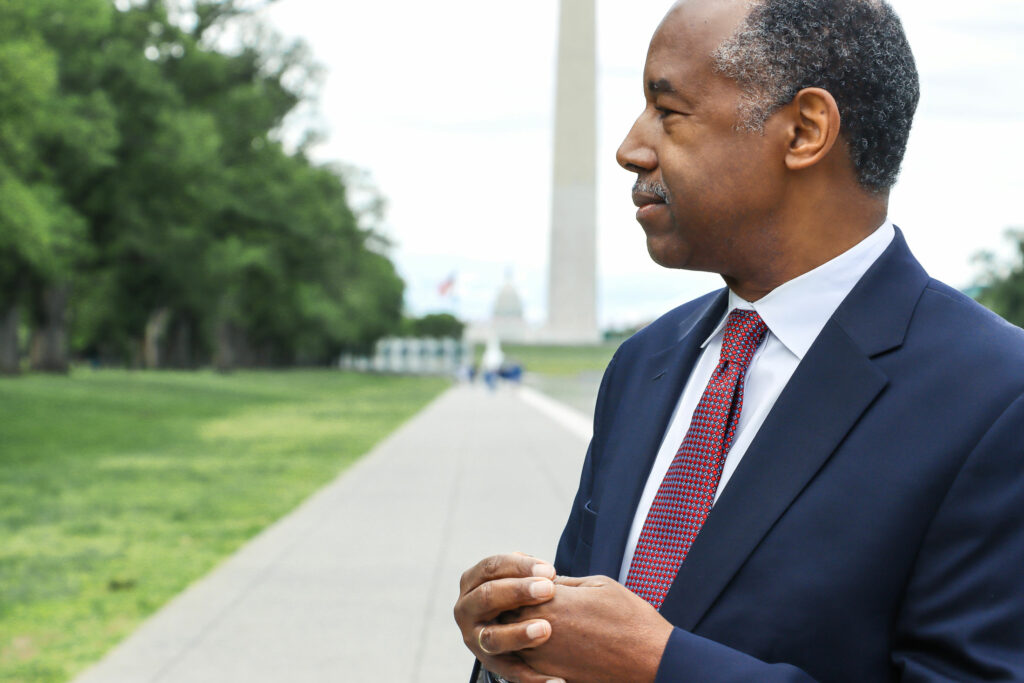 In an appearance on The Daily Show, President Joe Biden addressed climate change and said, “That whole generation is damned. It’s not hyperbole. Really, truly in trouble.” Scientists were quick to call out his rhetoric as actual hyperbole and point out that this inflammatory language is unhelpful to his cause. Instead of focusing on the impact of the President’s statement, it is an opportunity to understand that this kowtowing to climate activists is the source of the harmful and radical climate policy coming out of the Biden administration.
In an appearance on The Daily Show, President Joe Biden addressed climate change and said, “That whole generation is damned. It’s not hyperbole. Really, truly in trouble.” Scientists were quick to call out his rhetoric as actual hyperbole and point out that this inflammatory language is unhelpful to his cause. Instead of focusing on the impact of the President’s statement, it is an opportunity to understand that this kowtowing to climate activists is the source of the harmful and radical climate policy coming out of the Biden administration. Hyperbolic rhetoric is nothing new to the radical climate change movement. In an article published by the Associated Press titled “Rising seas could obliterate nations,” a United Nations (UN) official claimed that entire nations could be wiped off the face of the earth by rising sea levels if the global warming trend was not reversed. The UN further stated that governments have a 10-year window of opportunity to solve the greenhouse gas effect before it expands beyond human control. In reality, these predictions were made all the way back in June 1989, and the ten-year window ended decades ago.
This speaks to the broader point, which is that headlines take the worst-case scenarios and sensationalize them in order to generate clicks and attention. Such apocalyptic rhetoric from activist journalists is harmful to the energy and environmental policy conversation, and the adoption of this sort of rhetoric by our policymakers is worse.
There is a price to pay for such doomsday predictions, and studies show that climate alarmism is increasingly influencing young children in negative ways. The American Psychological Association (APA) began diagnosing something called “eco-anxiety” beginning in 2017, calling it “a chronic fear of environmental doom.” The APA also conducted a poll in late 2019 and found that 68 percent of American adults say they have at least a little eco-anxiety. The same poll found 47 percent of young adults between the ages of 18 and 34 say that their stress surrounding climate change affects their daily lives, and a 2019 British poll found that 1 out of 5 British children experienced nightmares about climate change.
In 2019, Oxford Dictionaries reported a 4,290 percent increase in the use of the term “eco-anxiety,” used primarily by young people to describe how climate change fears are affecting their mental health. And also in 2019, a YouGov poll found that 38 percent of Americans believed that climate change would likely cause the extinction of the human race.
This trend is concerning. A more recent 10-country survey of people aged 16 to 25 found high rates of pessimism. Forty-five percent of respondents said worry about climate negatively affected their daily life. Three-quarters said they believed “the future is frightening,” and 56 percent said “humanity is doomed.” The rhetoric coming from our political class is distressing to children and adds to the victim mindset that is plaguing our young people, which leads them to feeling hopeless and without agency in their own lives.
This also speaks to a greater question: does the President believe his own rhetoric, or is he using fearmongering as a tool to push the radical climate agenda? While doomsday predictions and sensationalist headlines are par for the course from the media, apocalyptic rhetoric from our political leaders only serves to divide us on an already polarized topic and precludes respectful and honest discussion. Consequently, when our public discourse suffers, we can also expect more irrational policymaking from our government officials.
The discussions surrounding doomsday scenarios, particularly those in the model of predicting a “humanity will be gone by this date,” should be taken out of our policymaking process entirely. Climate change has become so polarized and politicized that emotions crowd out rational thinking and sober debate. We have seen the harmful outcomes of zero-goal strategies both at home in individual states like California, and abroad, in places like Europe, and we need to learn from these examples as we go forward. Our goal when it comes to climate policy should be to continuously move toward optimal resilience rather than aggressively pursuing a goal of zero risk exposure. The President’s sensationalist rhetoric and doomsday predictions serve only to muddy our thinking and instill fear among our young people in order to implement a radical and dangerous climate policy agenda.

